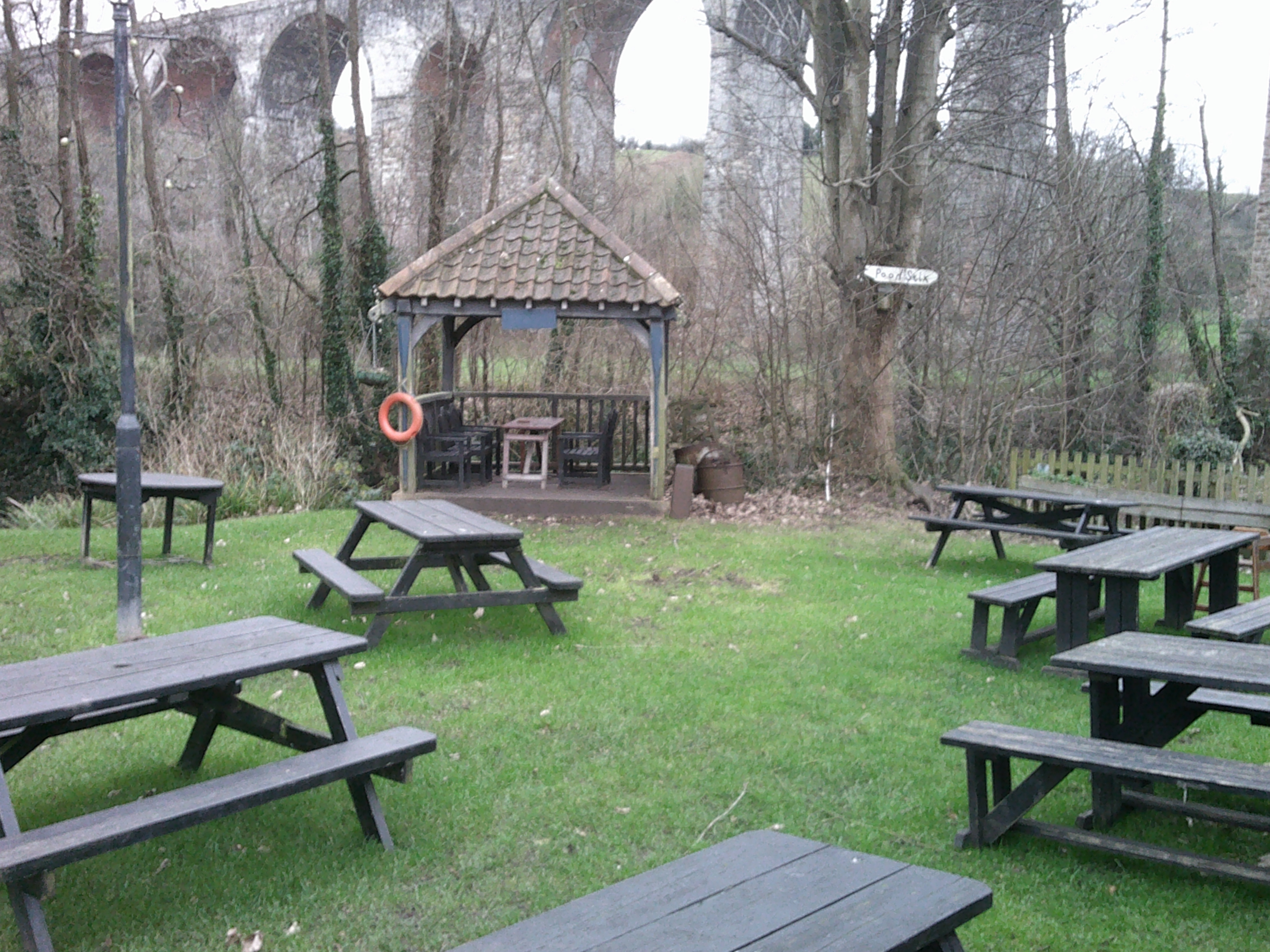Digital Camera World Verdict
I didn’t expect much from the Andoer 48 Megapixel Digital Camera, considering it’s so cheap to buy. I’ve always felt that if something looks too good to be true, then it probably is. And that’s the case here. The camera does actually work but picture quality is so awful, I wouldn’t want to keep the images, nor the camera itself.
Pros
- +
Cheap to buy
- +
Pocket sized and lightweight
- +
Promising specs
Cons
- -
Flimsy build quality
- -
Poor image quality
- -
Where’s the 4K video?
- -
Unreadable user guide
Why you can trust Digital Camera World
Andoer is a Chinese company that’s mostly been on my radar for making budget tripods and supports, as well as other photo and video accessories, and they even sell saxophones. With travel tripods, tabletop tripods, monopods and other supports on their books, it seems strange that the camera I’m reviewing here doesn’t have a tripod mounting socket. That’s already a bit of a minus point for selfies and vlogging, which seem obvious uses for such a cheap and pocketable digital camera. And it certainly is cheap to buy, considering that it’s advertised as delivering 48MP stills and 4K UHD movies. Judging by the spec sheet, it aims to be one of the best cheap cameras on the market, best cameras for beginners, and best cameras for kids. We’ll see about that.
Andoer Digital Camera: Specifications
| Photo Resolution | 48MP |
| Video Resolution | 4K UHD (claimed) |
| Image Sensor | CMOS |
| Selfie mirror | Yes (button) |
| Display | 2.88-inch fixed LCD |
| Touchscreen | No |
| Battery | Li-ion (2 supplied) |
| Connections | USB-C |
| Size (WxHxD) | 92 x 60 x 24mm |
| Weight | 94g (inc battery & card) |
Andoer Digital Camera: Price
Call me a snob but when I think of digital cameras that offer 40+ megapixel resolution for stills along with UHD movie capture, high-end kit springs to mind. Exalted company includes the Canon EOS R5 Mark II at around $5,399 / £5,749 and the Nikon Z 8 at about $5,099 / £4,839 (with their respective kit lenses). With a price tag of just $54 / £40, this Andoer 48MP, 4K UHD camera is about 1/100th of the price. That has to make it an absolute bargain, or does it? A more realistic comparison is a cheap digital camera like the Kodak PixPro FZ45, which retails for around $90 / £94, but even that’s still around twice the price of the Andoer.
Andoer Digital Camera: Design & Handling
Pay your money, open the box and you’re greeted by a digital camera that comes complete with two Li-ion rechargeable batteries, a 32GB microSD card, a USB-C charging cable, a wrist strap, a drawstring pouch, and a user guide. In short, even an absolute beginner or a kid who’s never had a digital camera before will have everything they need to get up and running (assuming they’ve already got a mains USB charger).
Actually getting up and running is a little more tricky than I thought. The cheap plasticky build means that the memory card and battery are tricky to fit – I actually had to send my first sample back because the battery/card cover wouldn’t stay shut once the battery was inserted. Around the back are two unlabelled buttons and a 4-way pad that does have icons but the super-shiny silver finish makes them difficult to see. I actually felt the need to resort to the user guide that’s supplied with the camera. The 22-page pamphlet is all in English but the text is so small I couldn’t read it without the aid of a magnifying glass. And I’m not the only one, the rest of my family had the same problem.
Let’s take a look at the specs. The camera is advertised as delivering stills and video at resolutions of up to 48 megapixels and 4K UHD respectively. However, there’s no hint at the physical size of the image sensor and, judging by the crop factor applied to the 7.45mm lens, I’d guess it’s a tiny 1/2.3” format sensor. There’s absolutely no way you’re going to squeeze 48 megapixels onto one of those, so there must be a whole lot of software manipulation going on in-camera to generate 48MP stills. Interestingly, Andoer makes an almost identical-looking 18MP version of the camera which costs a bit less to buy. That seems nearer the mark for what’s actually coming off the image sensor.
Further interpolation is required as you stretch through the 16x digital zoom range – the lens itself is fixed at a focal length of 7.45mm, with an aperture rating of f/3. The front of the camera also features a small flash module, although it’s less of a flash, more like about a second’s worth of very low-intensity torch light. There’s no selfie mirror as such, but a small silver disk in the top corner just about serves the same purpose.
Around the back, there’s a 2.88-inch fixed LCD screen. As I’d expect at this price point, there’s no viewfinder window, so you need to rely on the screen for composing shots. The screen also enables navigation of the menus system, which includes little luxuries like face detection for autofocus, and smile capture. Shooting mode options include Auto, Sport, Night, Portrait, and a few more. You can also set the photo size to various options from 5MP up to 48MP, as well as select digital anti-shake, self-timer delay, and date stamp. Exposure compensation is available in the menu, as well as sensitivity settings of Auto and manual options of ISO 100, 200, and 400.
The best camera deals, reviews, product advice, and unmissable photography news, direct to your inbox!
Andoer Digital Camera: Performance
Being realistic about performance, I’m not expecting a $54 / £40 digital camera to have a fast continuous drive rate, a super-sharp lens, a speedy autofocus system, or a powerful built-in flash. And to be frank, the Andoer doesn’t have any of these, which isn’t at all surprising. However, I feel that the performance of any camera boils down to its image quality. That’s always the bottom line. And that’s where the Andoer is ultimately so disappointing. If I’m going to actually buy a camera, even for this sort of low-budget money, I’d want it to take photos that are at least as good as I’d get from a half-decent mobile phone that’s been made over the last 10 years or so. And they’re simply not.
Straight out of the box at default settings, the camera opts for 48MP image size and Auto ISO. Knock the resolution right down to 5MP and use the base sensitivity setting of ISO 100 and there’s a significant improvement in image quality. Higher resolutions and ramping up the sensitivity have a big impact. The same goes for zooming in towards the telephoto end of the 16x digital zoom range, with greater software interpolation being required.
While JPEG is used as the file format for stills, AVI is the only choice for video, so MP4 and MOV aren’t supported. Resolution sizes of 4K UHD, Full HD 1080 and HD 720 are on the menu. I repeatedly tried the default resolution of 4K UHD but all of the video clips I shot turned out to be 1080. Even then, the quality was so poor I didn’t feel any inclination to keep them.
Andoer Digital Camera: Sample Images
The following gallery of shots was taken on a cloudy day in the Somerset village of Pensford in the UK. Check out the enlarged views of the shots to reveal the actual quality (or rather the lack of it).















Andoer Digital Camera: Verdict
As they say, you don’t get something for nothing. Spend 50 bucks on a brand new 48-megapixel, 4K UHD digital camera, and something’s gotta give. In this case, it’s image quality, which is a pretty crucial aspect of any digital camera. Sure, there’s something to be said for the retro charm of cheap disposable film cameras but there’s nothing really good to be said for the character of stills or video that the Andoer delivers. At the end of the day, I’d much rather reach for my phone than for this camera, which can take massively better quality stills and video. And that makes the Andoer rather redundant.
| Features | Top features include 48MP and 4K UHD movie capture, but the specs are misleading. | ★★☆☆☆ |
| Design | It’s cheap but not very cheerful and the build quality feels pretty flimsy. | ★☆☆☆☆ |
| Performance | Autofocus and metering work pretty well but image quality is a letdown. | ★★☆☆☆ |
| Value | It’s a cheap camera to buy but the build and performance still don’t justify the outlay. | ★★☆☆☆ |
Should you buy the Andoer Digital Camera?
✅ Buy this...
- You want the digital equivalent of a toy camera that’s suitable for beginners and kids to play with.
- You’re after something small, lightweight and cheap that you can slip into a spare pocket and not feel too precious about.
🚫 Don't buy this...
- You want half-decent image quality. Pretty much any mobile phone can take hugely better stills and video.
- You’re after a cheap camera for selfies and vlogging. The lack of a tripod socket makes the camera difficult to support unless you’re holding it in your hand.
Alternatives
The Kodak PixPro FZ45 boasts a 4x optical zoom lens, feels better built, and delivers massively better image quality. It runs on a pair of easily replaceable AA batteries and is quite fun to use. The Kodak sells for around $90/£94.
The Mutrain Digital Camera X10 is a ’48 megapixel’ camera that’s even cheaper to buy and is better suited to selfies and vlogging, but again is badly let down by its image quality.
Matthew Richards is a photographer and journalist who has spent years using and reviewing all manner of photo gear. He is Digital Camera World's principal lens reviewer – and has tested more primes and zooms than most people have had hot dinners!
His expertise with equipment doesn’t end there, though. He is also an encyclopedia when it comes to all manner of cameras, camera holsters and bags, flashguns, tripods and heads, printers, papers and inks, and just about anything imaging-related.
In an earlier life he was a broadcast engineer at the BBC, as well as a former editor of PC Guide.










